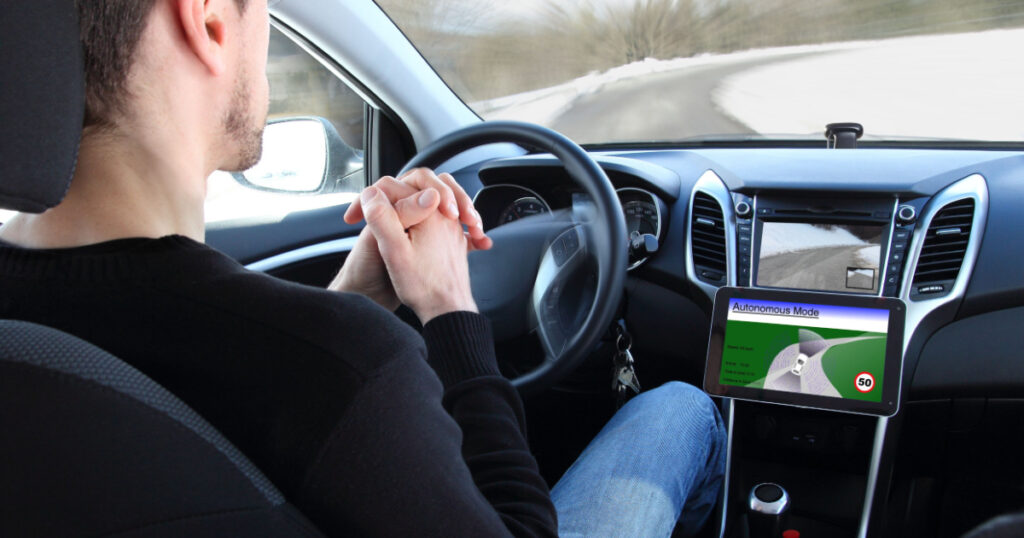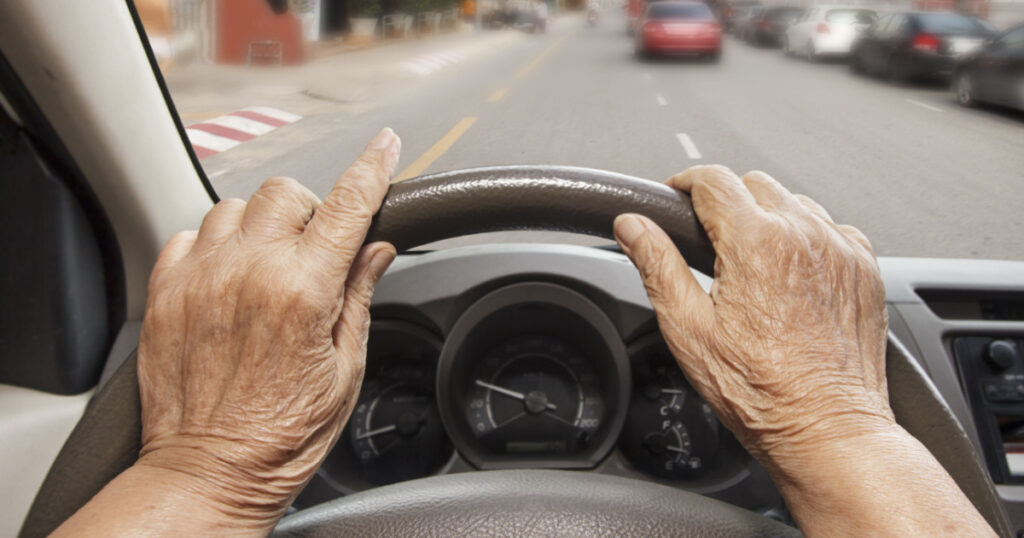If you have known anyone who has experienced Dementia, you know how awful it can be. As it slowly takes over that person’s brain, they lose their capacity to do different things, bit by bit. Naturally, at some point in their dementia journey, they will no longer be able to drive. Did you know, however, that there could actually be some symptoms of Dementia that present themselves in someone’s driving ability, long before their diagnosis? These are what you should look out for.
Five Red Flags in a Person’s Driving That Could Be Signs for Dementia

Read More: A Natural Approach To Early-Onset Dementia
Dementia is a condition characterized by progressive brain decline. While memory loss is often associated with dementia, there are other signs and symptoms to be aware of, including changes in a person’s driving ability. These are the five red flags in a person’s driving that could be potential signs for dementia. We will also discuss how to recognize when a dementia patient should stop driving and provide guidance on how to have a difficult conversation with a loved one about this sensitive topic. (1, 2, 3)
1. Impaired decision-making

One of the early warning signs of dementia affecting driving is impaired decision-making. A person with dementia may struggle to assess risks and make appropriate judgments on the road. This can manifest in behaviors such as failure to yield, disregarding traffic rules, or inappropriate speed choices.
2. Reduced concentration

Difficulty concentrating is another red flag to watch out for. Dementia patients may find it challenging to maintain focus while driving, leading to distractions and an increased likelihood of accidents. This may include difficulty understanding road conditions, traffic, or other drivers.
Read: Forty percent of dementia cases could possibly be prevented or delayed by targeting 12 risk factors throughout life
3. Difficulty with directions

Getting lost or having trouble navigating familiar routes can indicate dementia affecting a person’s driving skills. Dementia patients might struggle to follow directions or remember specific landmarks, even in places they have been to countless times before. This can confuse and make driving more dangerous.
4. Slower reaction times

Slower reaction times can be a significant red flag for dementia-related driving difficulties. A person with dementia may take longer to respond to unexpected situations on the road, such as sudden braking, changing lanes, or pedestrians crossing. This delay in reaction time increases the risk of accidents.
5. Difficulty understanding traffic signals

The ability to comprehend and respond appropriately to traffic signals is crucial for safe driving. If a person with dementia struggles with understanding or interpreting traffic signals, it can be a clear indication of their cognitive decline. This includes confusion about stop signs, traffic lights, or yielding right of way.
Knowing when a dementia patient should stop driving

Recognizing the abovementioned signs is crucial for determining when a dementia patient should stop driving. It’s essential to involve healthcare professionals in assessing the situation. If you notice these red flags in yourself or a loved one, consider making an appointment with a general practitioner (GP). They can provide a comprehensive evaluation and determine whether it is safe to continue driving.
Having the difficult conversation

Approaching the topic of stopping driving can be challenging, as individuals with dementia may resist giving up their driving privileges. Here are some tips for initiating this difficult conversation (4):
Plan and prepare:

Before initiating the conversation, gather relevant information about the specific concerns you have observed, such as instances of missed turns, near-accidents, or confusion while driving. This will help you express your concerns effectively.
Choose the right time and setting:

Pick a time when both you and your loved one are relaxed and have sufficient time for discussion. Create a calm and supportive environment to facilitate open communication.
Use empathy and understanding:

Approach the conversation with empathy, understanding, and sensitivity. Remember that driving represents independence and freedom for many individuals, so be prepared for potential resistance.
Focus on safety:

Emphasize the importance of safety not only for your loved one but also for other drivers and pedestrians. Explain that relinquishing driving privileges is a necessary step to ensure everyone’s well-being.
Explore alternative transportation options:

Offer practical solutions and alternatives to driving, such as public transportation, ride-sharing services, or assistance from family and friends. This can help alleviate concerns about losing independence.
The Bottom Line

While accepting that your loved one needs help can be difficult, you should never underestimate the value of their safety. If you notice signs of dementia or another condition that affects your driving ability, don’t hesitate to take action. Pay attention to your loved ones, especially aging ones, for the signs of dementia. While we may not have a cure for dementia, the sooner the diagnoses, the sooner treatments can begin to help improve their quality of life.
Read More: Woman Who Had Dementia For 5 Years Turned Out To Have A Common And Reversible Condition
Sources
- “Doctor shares five red flags in a person’s driving that could be signs for dementia.” Express. Diana Buntajova. October 25, 2023.
- “Driving with dementia.” Alzheimer
- “Red Flags When Walking and Driving May Be Indicative of Dementia.” Farr Law Firm. Evan H Farr. October 17, 2023.
- “Driving and Dementia.” High Gates Senior Living

